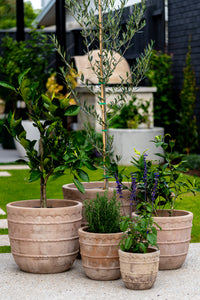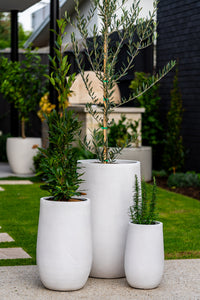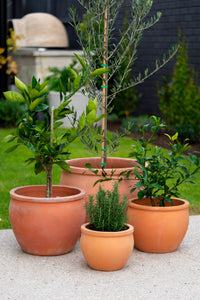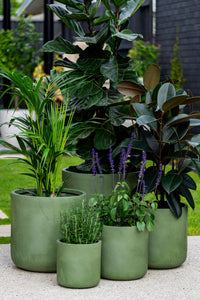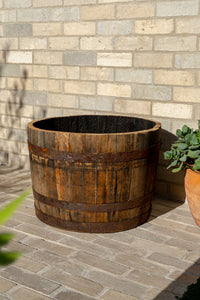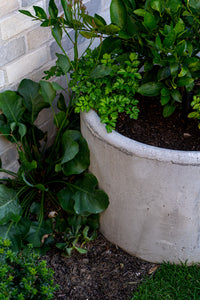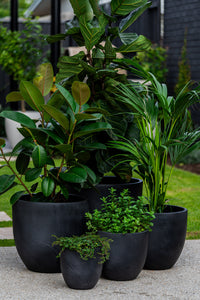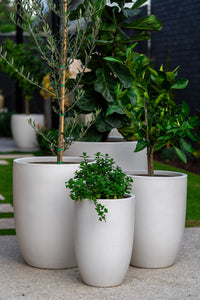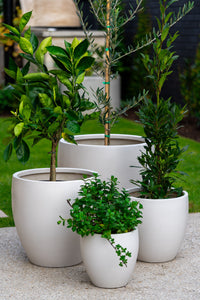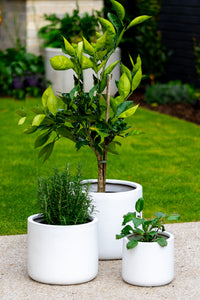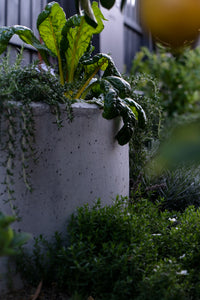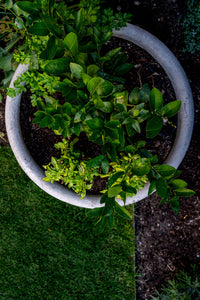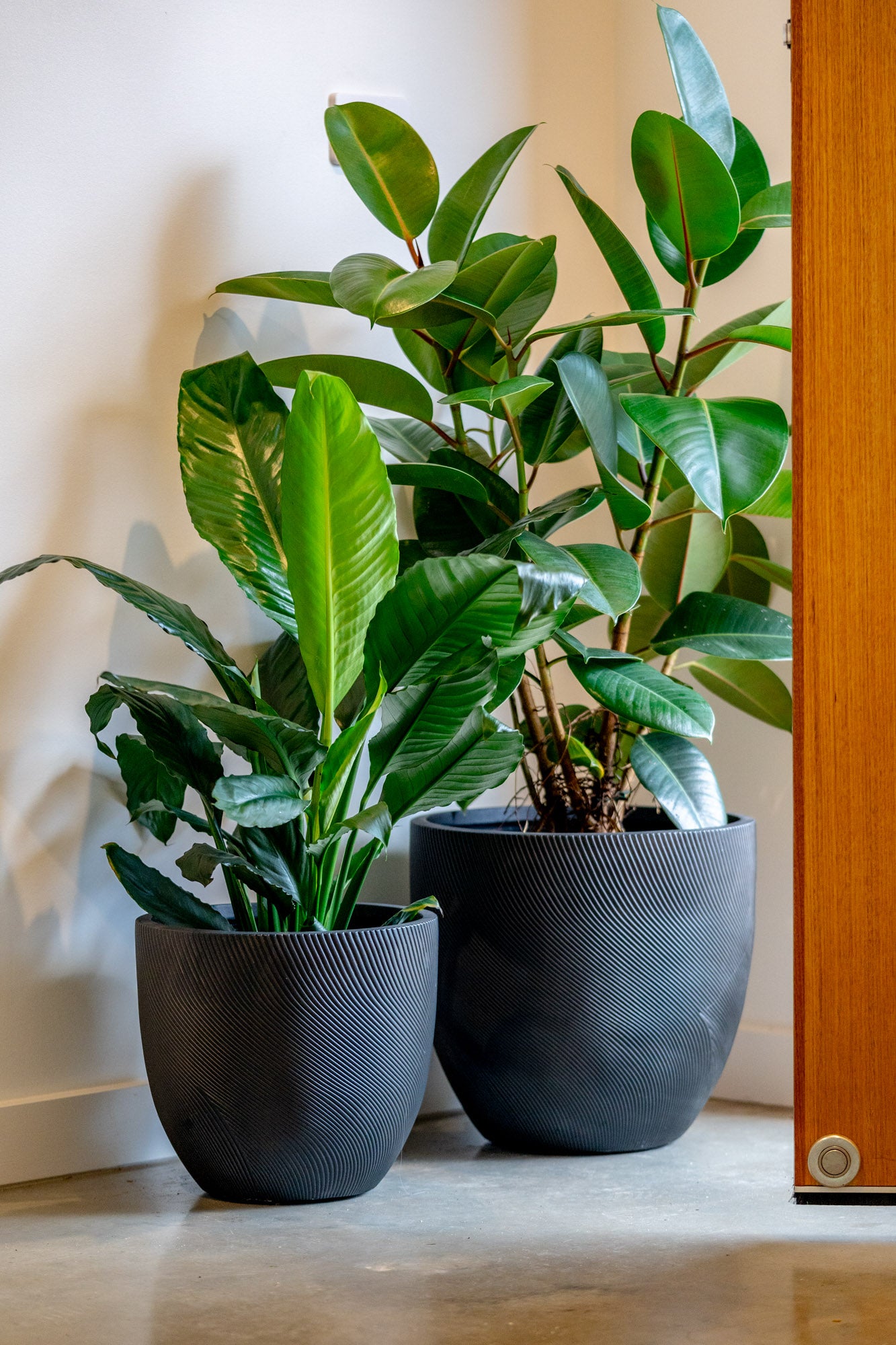
While the suburban backyard is still an Aussie must have, today they look a little different to what they did 40 years ago.
A growing population and ongoing development has meant we have been forced to think outside the box when it comes to produce gardens in smaller and taller homes.
Despite all this, we are going to show you ways that you can still have a thriving produce garden despite the limited space of your courtyard or balcony.
1. Keep things mobile
Pots and planters are a great way to introduce produce into your space when existing garden beds are limited.
When selecting the right pots and planters, think about selecting items that can be easily moved or are on wheels. That way we can move them to the side when entertaining, we can adjust position to either search for or protect from the sun, and move undercover if they are getting too much rain. Our half wine barrel plants with castor wheels are a great start!
2. Go dwarf!
We stock a wonderful range of dwarf citrus and other fruit trees that provide a plentiful harvest whilst keeping the plant small and tidy. Alternatively, you can maintain your trees through attentive pruning and maintenance so that they are kept to a functional height whilst not compromising on the fruit production.
3. Mulch and fertilise
When using pots and planters, one critical factor is maintaining the right moisture levels for your plant. Not enough water and your plant will quickly wither away, while too much moisture, combined with poor drainage will result in wet feet, root rot and ultimately the demise of your plant.
Premium potting mixes are a great way to ensure greater moisture retention, however potting mixes do tend to dry out quicker than if your plant was in the natural ground. We have found that for produce plants, introducing a small amount of organic compost into the potting mix will mean a better chance of retaining moisture.
It’s critical to get the balance right, and still maintain drainage through your pot, so make sure you have adequate drainage holes at the bottom of your pot. For trees and larger shrubs we recommended introducing a layer of scoria or drainage material into the bottom 100mm of the pot so that water does not hold at the base.
Adding a layer of organic mulch will also help to aid moisture retention, along with the added benefit of introducing wonderful microbes and nutrients to your plants.
4. Understanding your aspect
Living in townhouses, apartment buildings and complexes may mean that the surrounding properties will cast shadows into your garden or balcony.
It’s important to know how much sun your space gets year round, as this is critical to the success of your produce.
South facing gardens, with significant overshadowing will need extra consideration when planning and positioning your plants, and you may be restricted with what you can plant. Whereas courtyards and balconies that receive the hot westerly afternoon sun may need protection and netting throughout summer, or pots and planters may need to be moved to the shade throughout the intense heat of the day.
5. Size matters
When selecting the right pot, planter or position in your courtyard or balcony, consider the potential growth of your plant and the amount of space you will need to see it thrive.
Picking a pot that’s to small initially may mean your tree or shrub quickly becomes pot bound, stunt growth and overall plant health will quickly deteriorate.
When planting in the ground, you want to make sure there is adequate space for your plant to grow that won’t inhibit the surrounding plants, entertaining areas and fences.
While a bit more time and preparation will need to go into planning your courtyard or balcony garden, the results can be just as satisfying as what you would see in a classic suburban backyard. If you’re still unsure about what it takes to kickstart your garden, get in touch with us and we’ll guide you through process!
